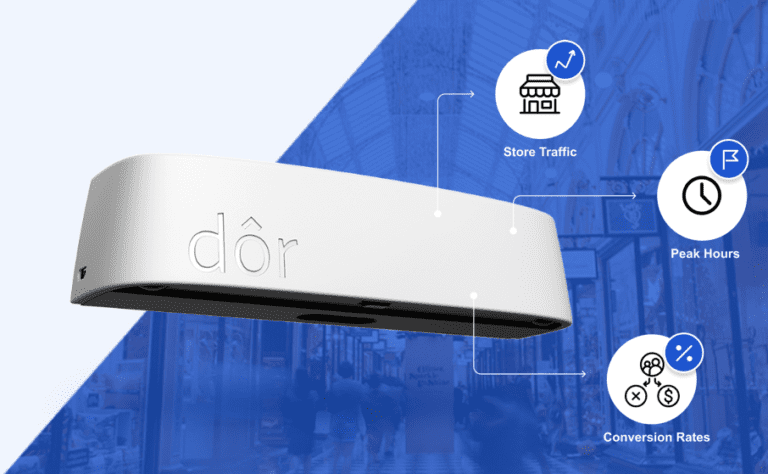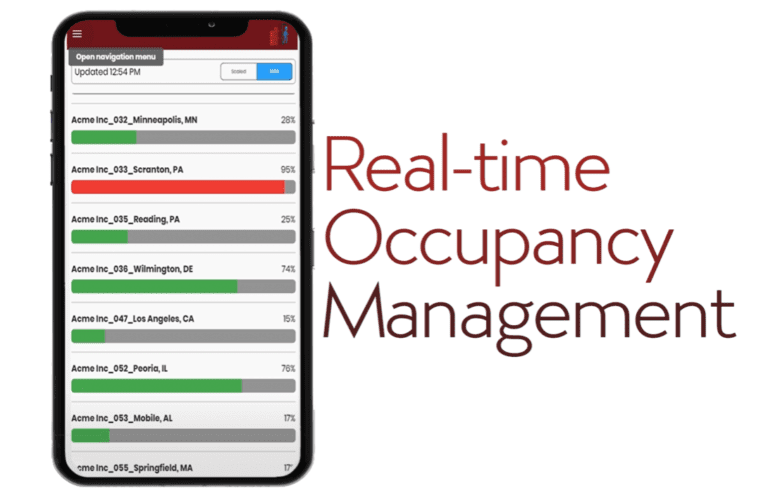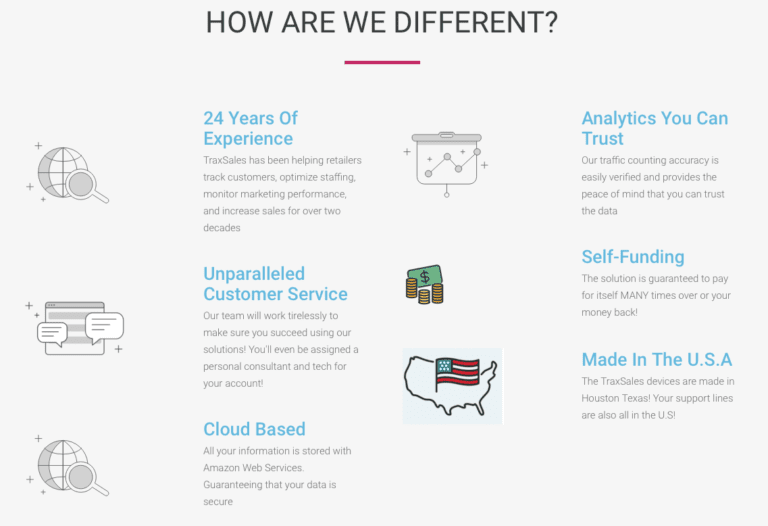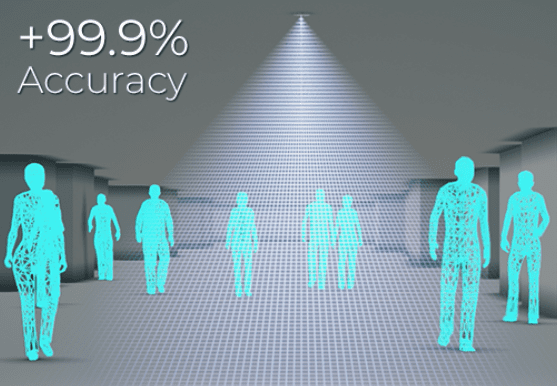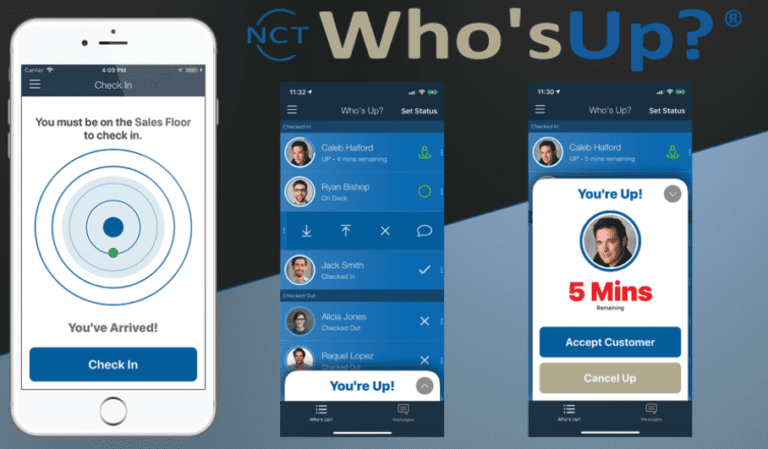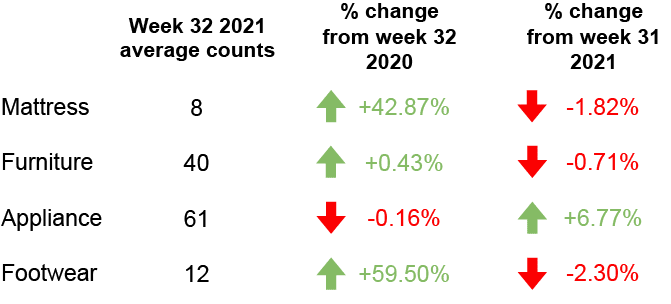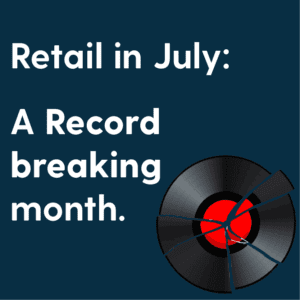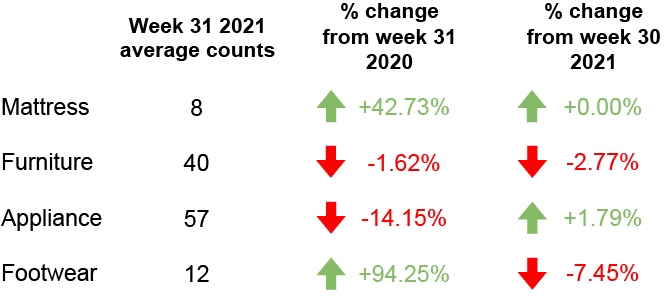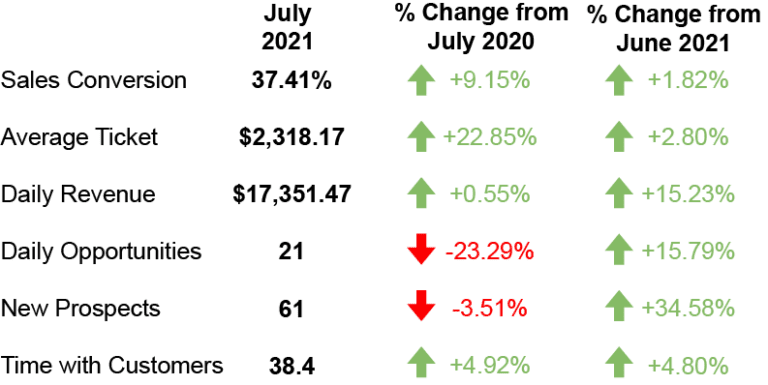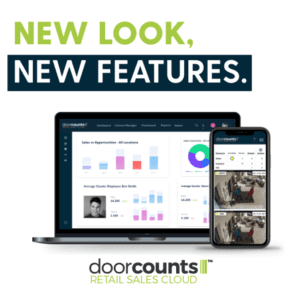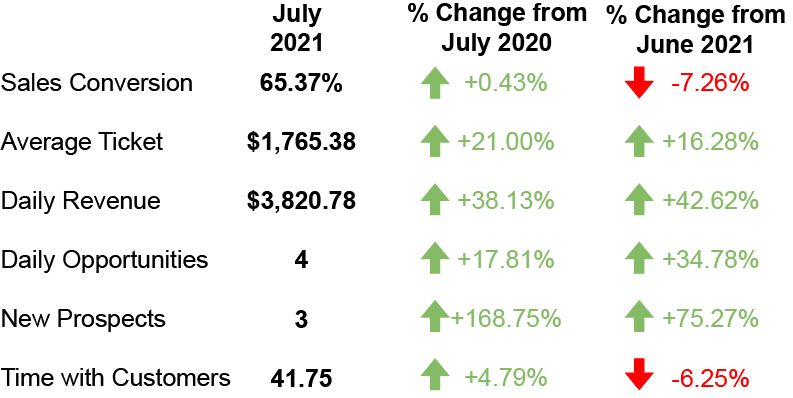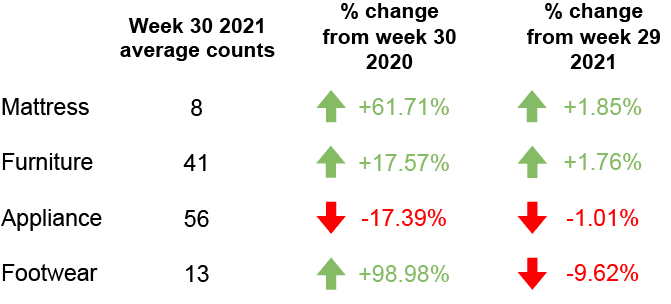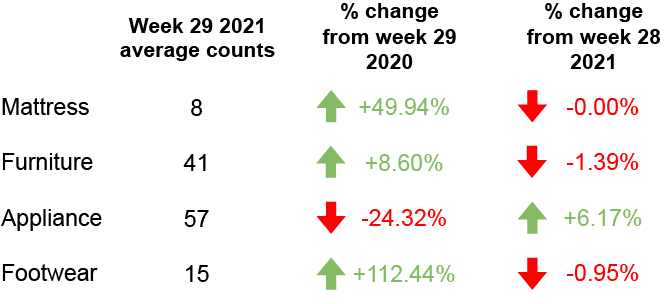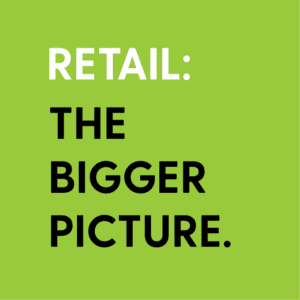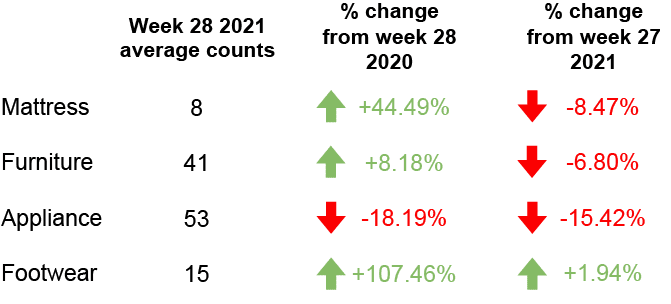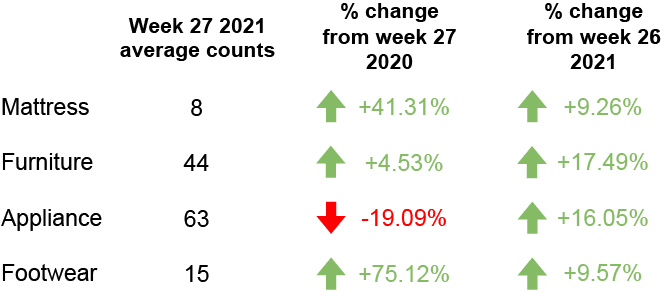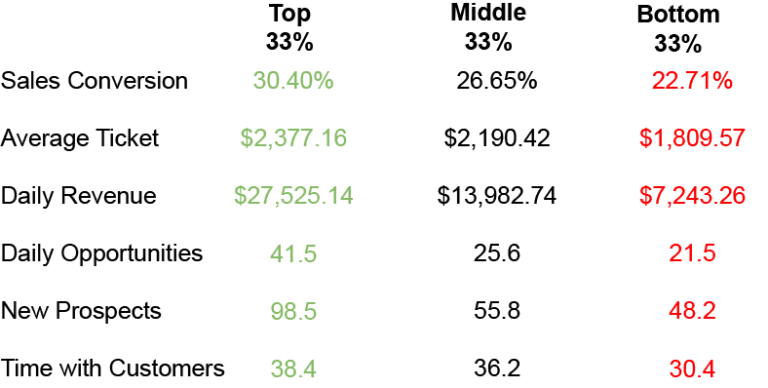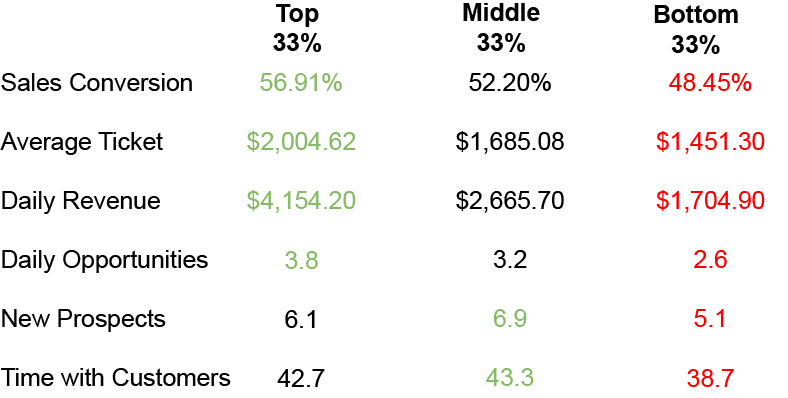August 31, 2021
Retail Traffic Trends #41: Location is key

There’s a lot that’s changed in the retail industry in the last few years, but one thing that hasn’t changed is the significance of a store’s location.
Whether it be a mattress store closer to a customer’s home who wants to try it first, or a furniture store serving as a distribution center for online sales, physical stores are still very much alive and well. At the end of the day, the changes we can always count on are how and what customers are purchasing within the walls of a brick-and-mortar showroom and the different ways they can buy.
They say the more something changes the more it stays the same, that’s why we are dedicating this week’s newsletter to “new” trends that may look familiar to you.
WHAT ELSE IS IN STORE THIS WEEK?
- Why retail locations matter now more than ever.
- Inside the growing rental furniture industry.
- Get our upcoming research reports.
- How the furniture industry has made a 180 in the last few years.
FOOT TRAFFIC INDEX
Here’s a look at last week’s foot traffic compared to the same time last year.
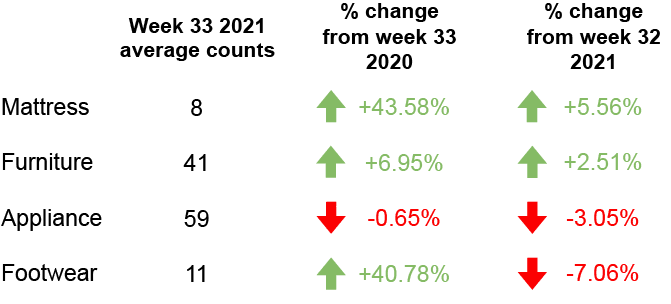
FOOT TRAFFIC TRENDS
Industry insights so you can convert your foot traffic into more sales.
Location remains key
No matter how many sales come from online vs in-store, the location of your store still holds major importance.
Dick’s Sporting Goods, which has over 850 stores, has long used geographic data to ensure they choose a location with maximum foot traffic.
Dick’s is not only choosing locations based on foot traffic but also considering which areas would best work as some sort of distribution center. In the first 3 months of 2021, 70% of Dicks online orders were fulfilled at their storefronts.
As shopping habits continue to change, the patients of shoppers stay the same. Consumers continue to want their goods as fast as possible, which in most cases the fastest option is to buy online and pick them up in-store.
Physical locations are not going anywhere, but rather their purpose has evolved into being the perfect pairing for online sales.
Furniture on rent
The furniture on rent market is about to see a major boom. The industry has had growing popularity in the Netherlands over the past few years, where there are over 3 million dwelling rentals.
Millennials and Gen-Z have shown major interest in furniture rentals as they have less money and interest in spending money on home furnishing.
The furnishing on rent market has received over $100 million in investments from various investor archetypes in 2021. As home assets continue to rise in price, the demand for furniture rentals will continue to grow.
In the coming years, the US is expected to account for 30% of the worldwide furniture rental market.
The future of the mattress industry
The mattress industry, which has essentially been around since the 37th century BCE when the Persians made goat-skin water beds, has come a long way.
While the US furniture market is worth around 17.3 billion, the global furniture market is now worth $81 billion. The mattress industry revenue grew by 8.3% year over year in 2020 and is expected to grow an additional 3.9% in 2021.
The pandemic resulted in a surge in demand for home furnishing, which piggybacked off the surge brought by online mattress sellers in 2018.
While only 27% of consumers had a preference for online mattress shopping in 2016, the emergence of retailers such as Casper has resulted in 47% of consumers shopping for mattresses online in 2020.
Although there has been an increase in interest in buying mattresses online, location is still key. When consumers are in the mood to buy, mattress stores will continue to be their fastest option.
THE FAM
How to Handle “Walk-in” Customers and Convert Them to Buyers
This week our friends over at The Fam take a deep dive into how to make the most out of walk-in customers.
Cathryn Clark, vice president of Columbus Mattress Wholesale asked in a mattress industry Facebook group how to handle an influx of customers after moving to a new store location.
Her post was overwhelmed with responses from retailers alike.
Steve Houk, owner of Boise Mattress gave one of the simplest and to-the-point answers: treat them like you would your other customers. Stew Segura, co-owner at Mattress Doctor Lafayette, says to do it ask the right questions.
NOTEWORTHY NEWS
Selling re-imagined: Shopify introduces shopping tab to TikTok.
Shop-in-shops: As malls continue to decline, brands turn to shop-in-shops to get in front of new customers
Double-edged sword: More retail workers are quitting than ever, but more stores are opening than expected.
High-velocity SKUs: Home Depot improves inventory depth with a focus on high-velocity SKUs.
RANDOM IRRELEVANCE
A ‘pet’ peeve There’s now a dog bar in London serving canine cocktails.
Hurricane Ida: One million people in Louisiana are without power as Hurricane Ida hit Louisiana.
Space travel: SpaceX launches ants, avocados, and a robot to the space station.
Wearable muscle: Synthetic biology enables microbes to build muscle, making clothing stronger than Kevlar.



